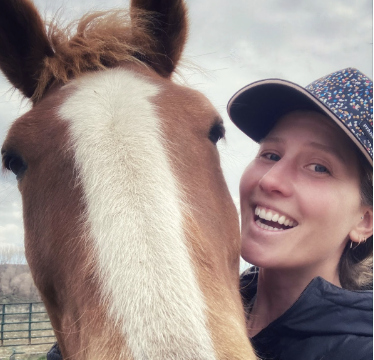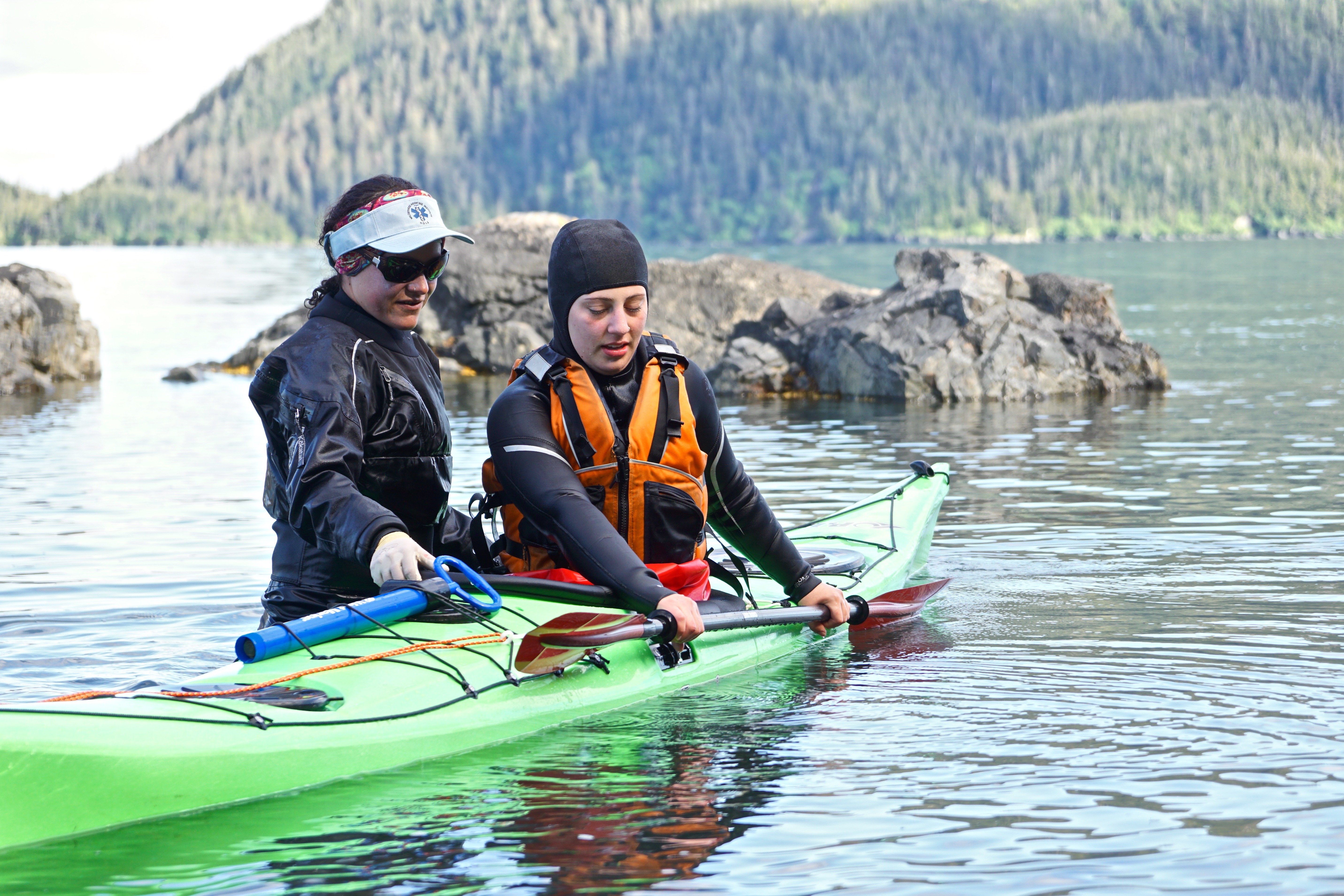This story tells of the journey of two NOLS instructors and three horses who traveled coast to coast along the Camino De Costa Rica, and learned how community, uncertainty, and laughter became their trusted teachers.
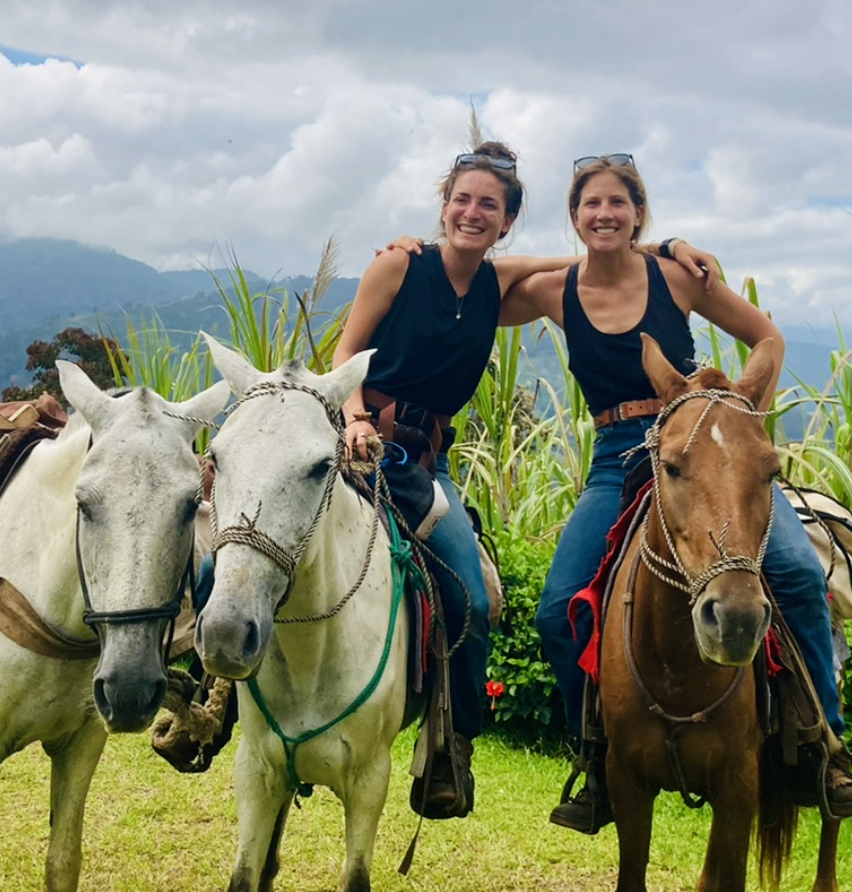
Kenzie and Benji and their horses.
After years of riding horses across the rugged mountains of Wyoming, we—Kenzie Wilkinson and I—decided to team up to see how our horsepacking skills held up in the tropics. Our expedition plans took us to the Camino de Costa Rica, a 280 km coast-to-coast trail that meanders through coastline, mountains, rainforest, banana/coffee fields, and over 30 rural communities across Costa Rica.
Before the trek, we spent a month living and working at a small horse ranch on Costa Rica’s Pacific coast, where we planned the route, organized tedious logistics, practiced our Spanish, foolishly attempted to build a tolerance to the grueling heat, and most importantly, searched high and low to acquire horses for the expedition.
 Our trio of strong, sweet horses.
Our trio of strong, sweet horses.After more than a few repeat conversations centered around whether this was even possible, we finally found three sweet and strong horses, loaded them into a trailer along with a lot of gear, even more uncertainty, and our strong wills, and drove to the start of the trail.
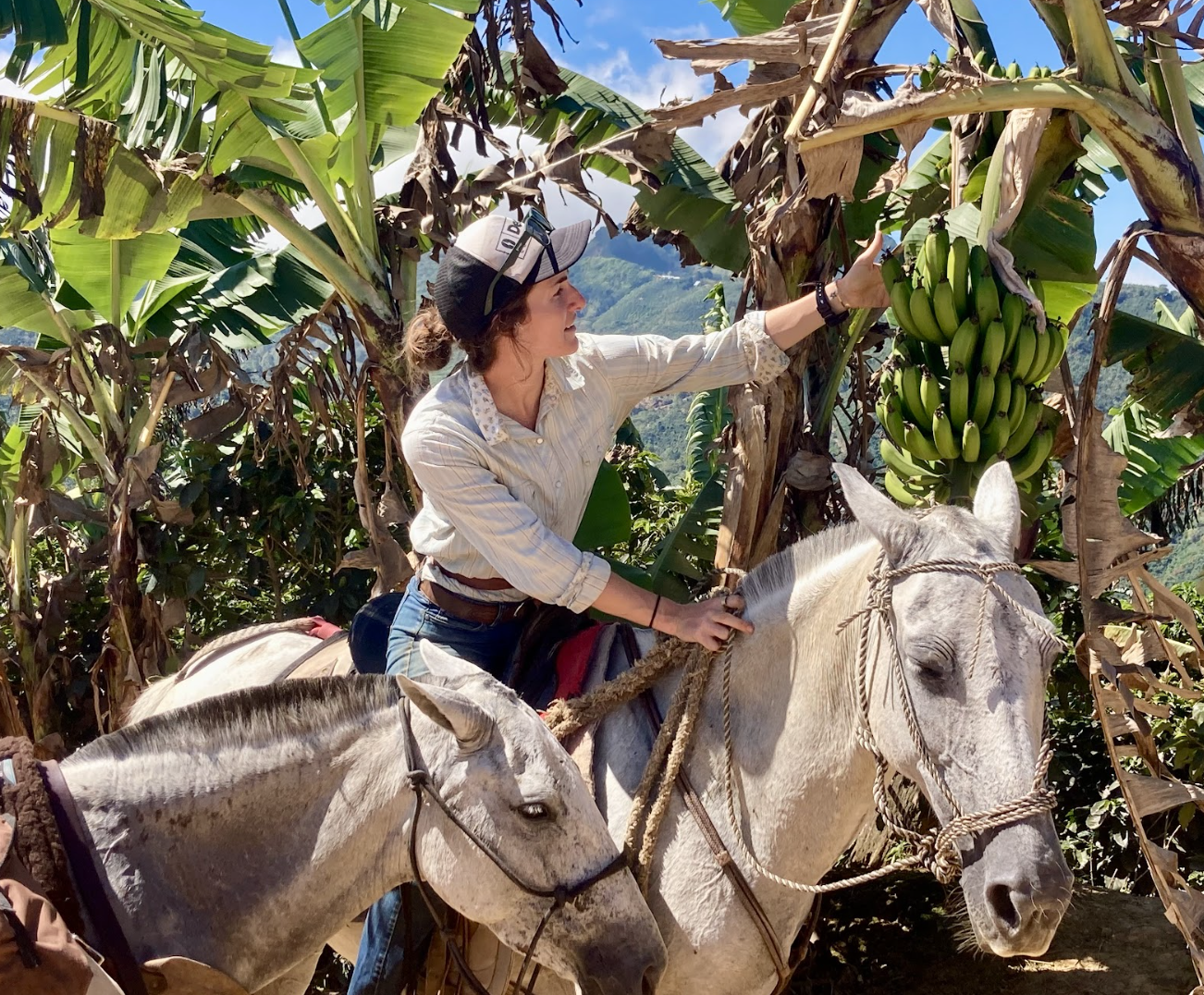
Our hosts shared their coffee, blackberries, sugar cane, and bananas.
The expedition had no shortage of highs and lows. The resounding highlights were the incredible biodiversity of flora and fauna and our deep connections to the folks along the trail who quickly became supporters and friends.
Families graciously allowed our crew of five (humans + horses) to camp on their land or to stay in their homes, even when our set-up for horses was sub-ideal or non-existent. An example was a host saying, “You can just tie your horses to our restaurant!” This ‘we’ll make it work’ mentality of Costa Ricans became one of our most cherished learnings. Hosts shared a delightful variety of food they grew on their land — vanilla, turmeric, bananas, blackberries, sugar cane, coffee — and their traditions, stories, language, and time.
We learned that “three religions” exist in Costa Rica: Catholicism, Coffee, and Horses. It became clear that with horses as their mode of travel, people engaged with us deeply. As the adventure unfolded, word of the expedition spread, and we were greeted with warmth and cheerleading from everyone we met along the trail. “It’s you! The cowgirls from Wyoming! You’re making history!” became a common greeting as we approached a new town. Communities were excited to see the first unguided group of horse-packers on the Camino.
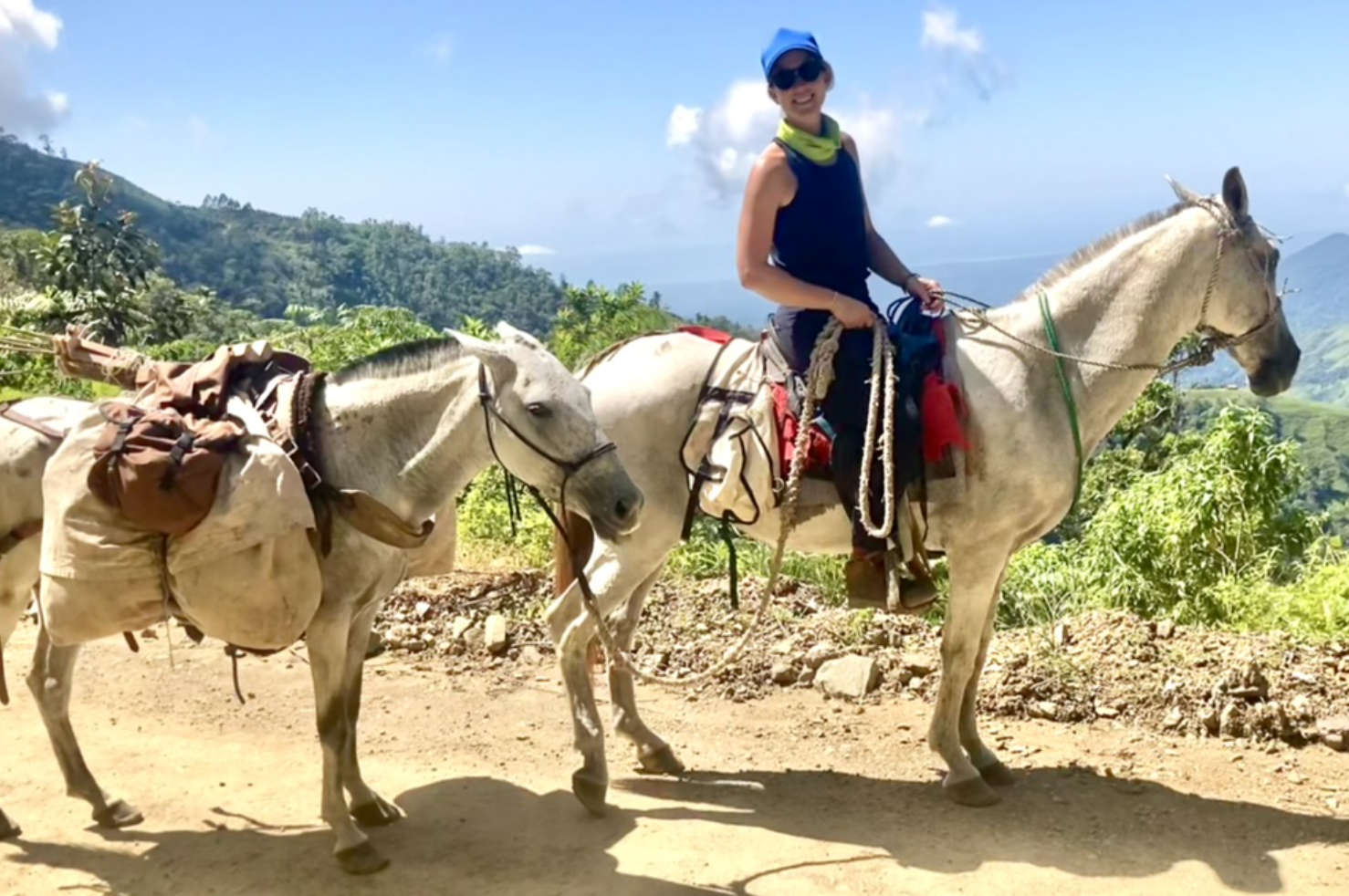
We were the first unguided group of horses-packers in the area.
 The horses loved fresh bananas.
The horses loved fresh bananas.
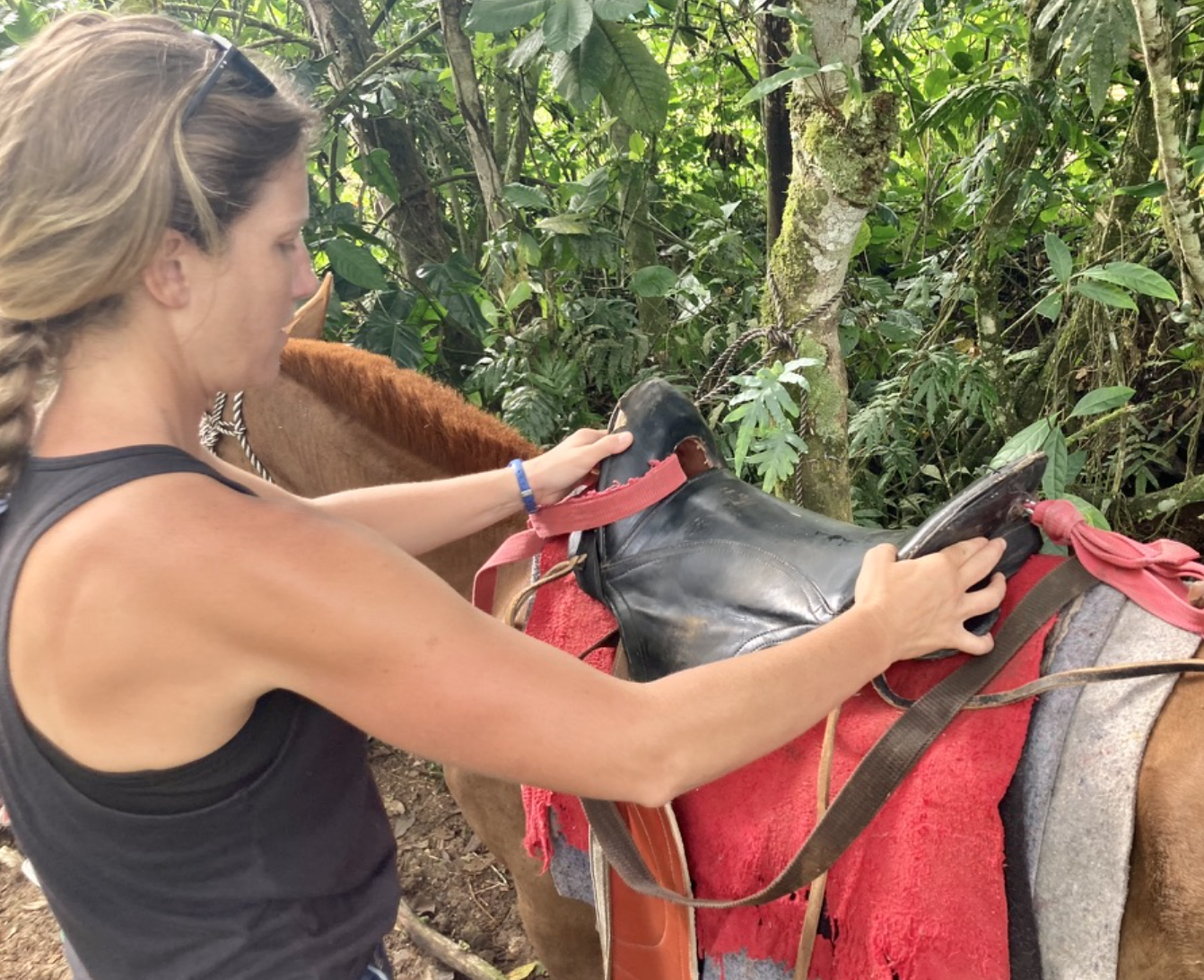
Finding adequate tack and gear early on was a challenge.
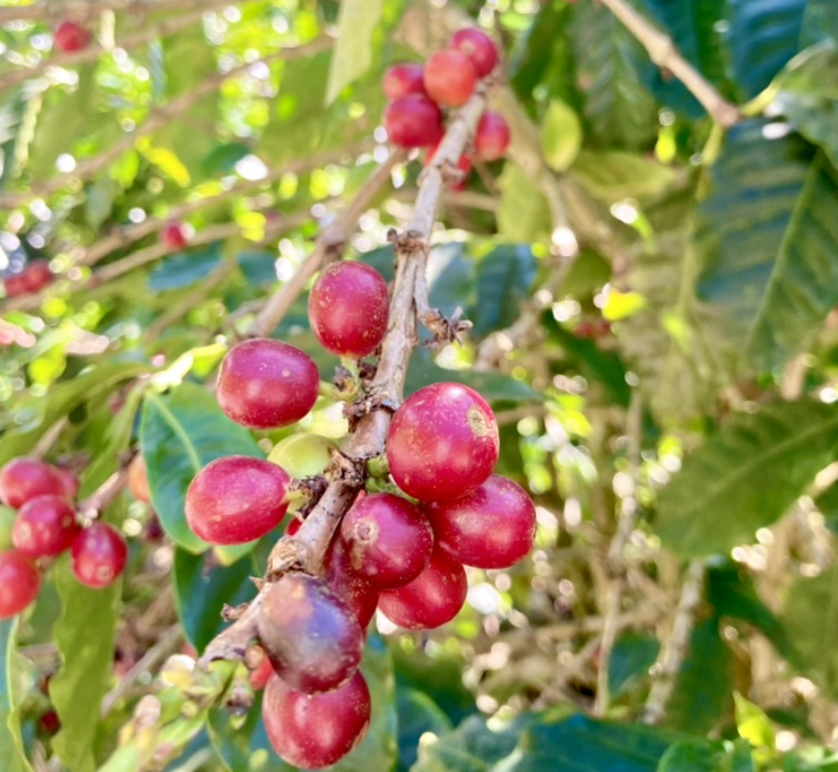 Ubiquitous coffee beans provided insight into global food systems.
Ubiquitous coffee beans provided insight into global food systems.The expedition offered opportunities for new learning around every bend in the trail. We built skills around risk management specific to a jungle ecosystem and, in particular, gained a heightened awareness in relation to snakes. Each day offered an opportunity to practice Spanish, and we experienced the value of prioritizing making connections with people through their language. Variable ecosystems, including coffee and banana plantations, provided insight into and reflection on global food systems as we rode past the growing crop, dilapidated buildings, and the transient lives of the forced-to-be seasonal workers.
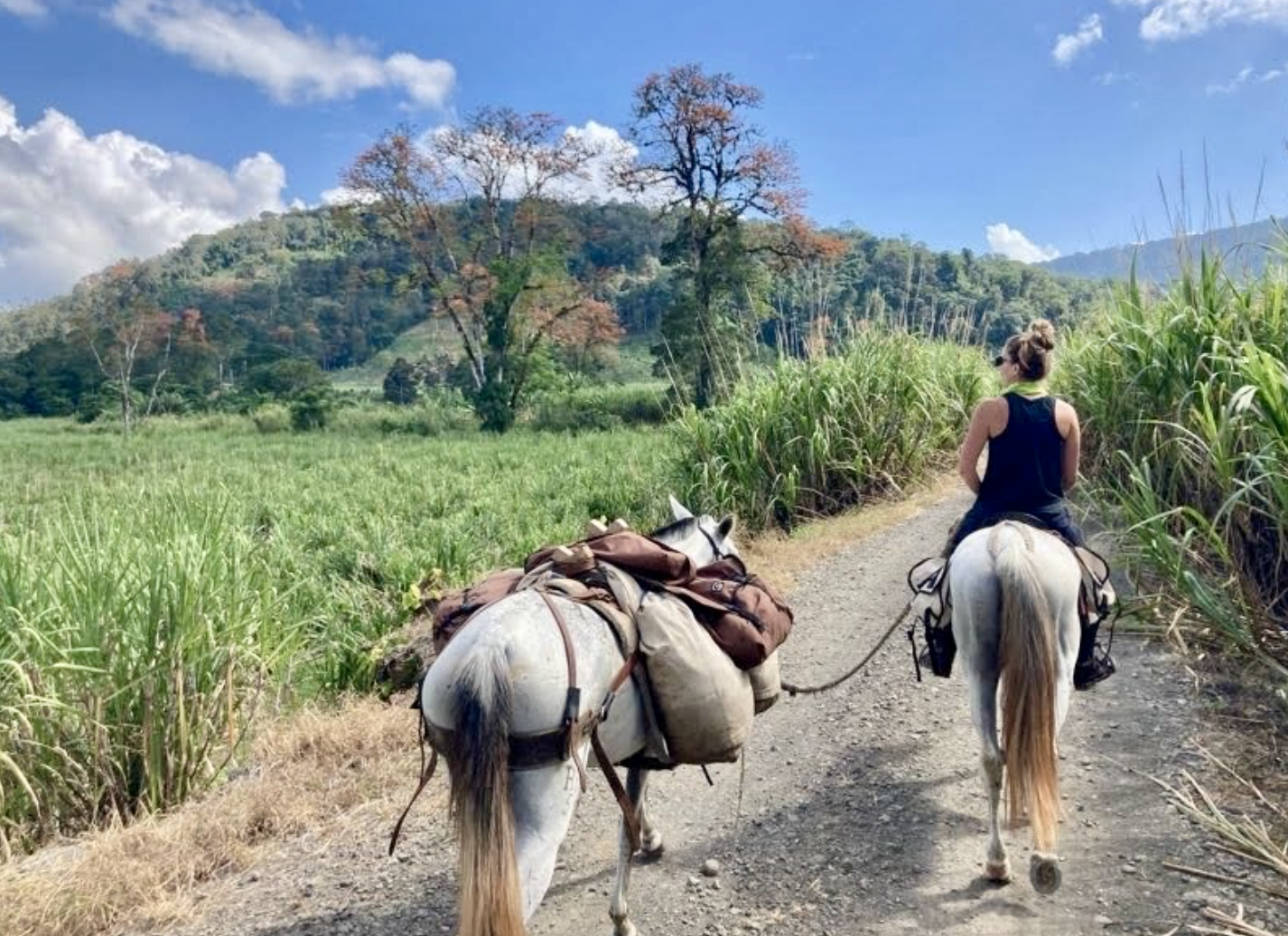
The expedition offered opportunities for new learning around every bend in the trail.
Lastly, we certainly would have decided to leave our puffy jackets and 0-degree sleeping bags back at home.
The Rothberg-Birdwhistell Expedition Fund was established by the Rothberg-Birdwhistell family to support NOLS Instructors as they design and execute personal wilderness expeditions.
Written By
Sara (Benji) Benge
Benji is the Assistant Campus Director at Three Peaks Ranch in Boulder, Wyoming. She also works as a NOLS instructor for both Wilderness Medicine and field courses. Camping with horses in the mountains, community, and exploring the human experience keep her heart’s cup full.


